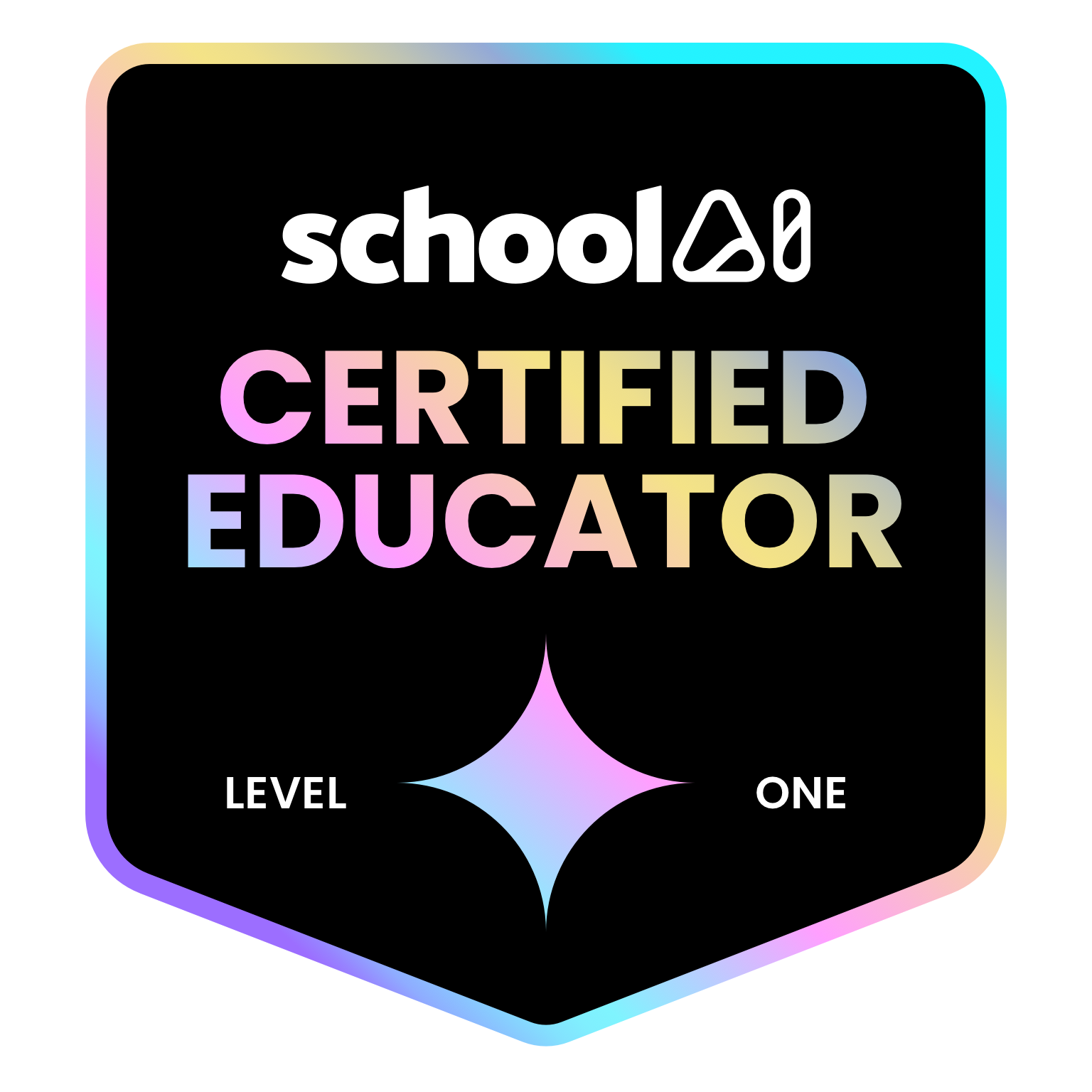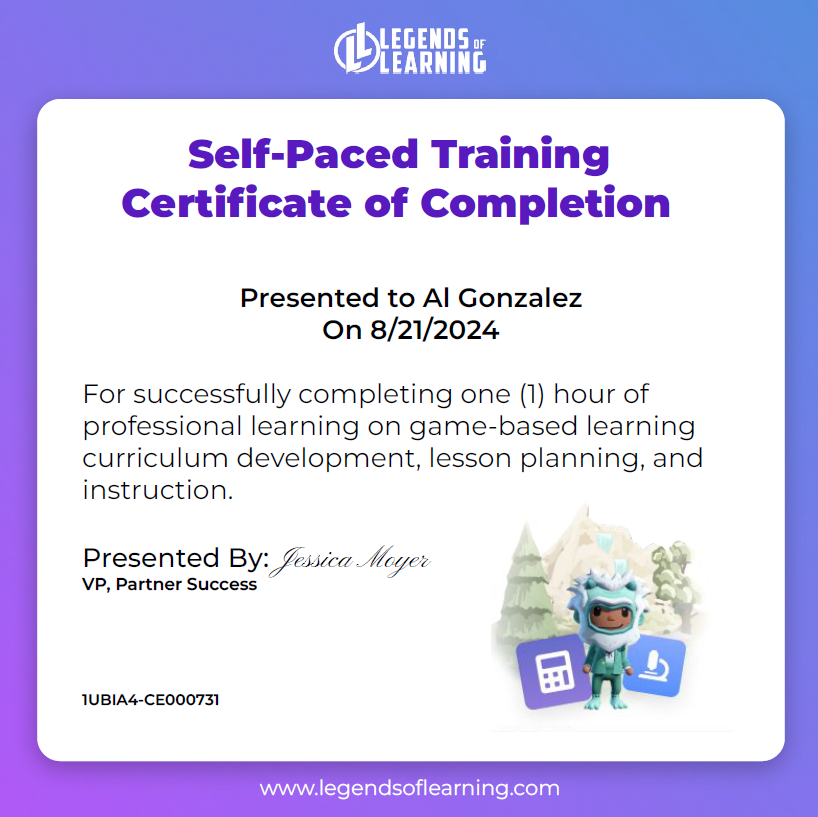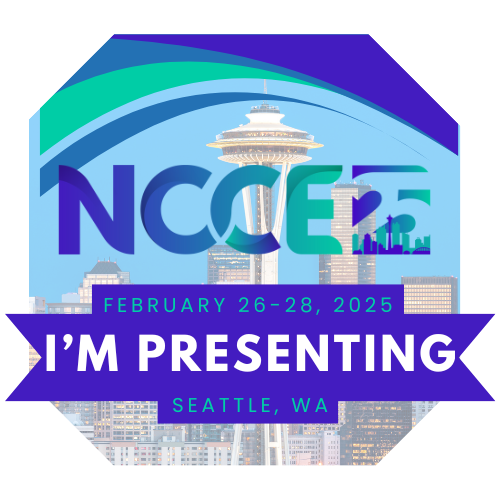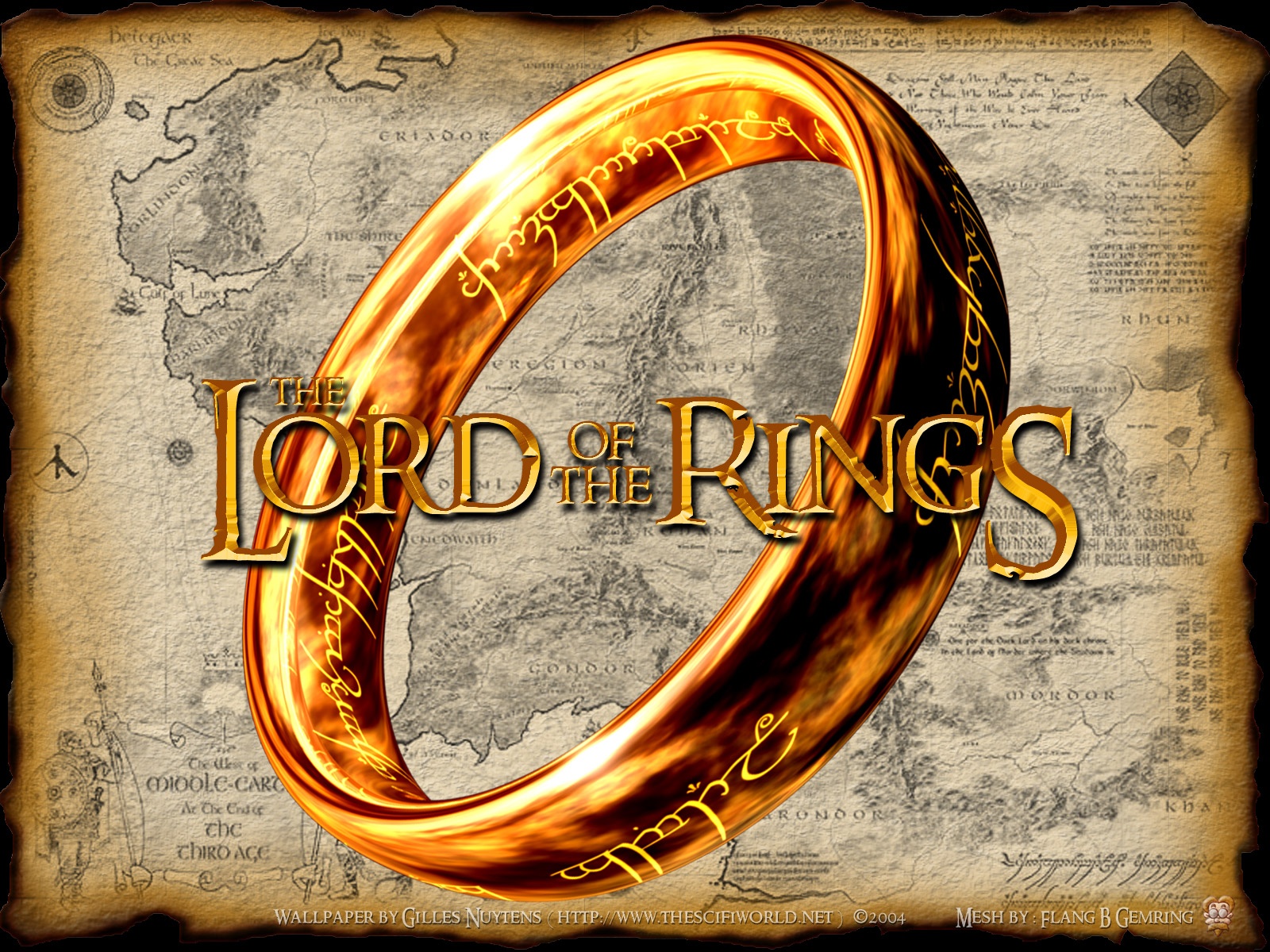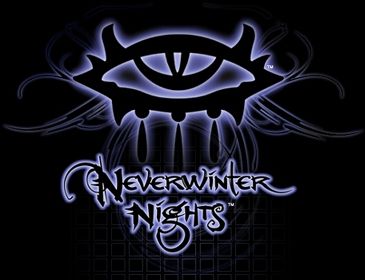 As part of our state teacher evaluation program, Teacher/Principal Evaluation Project (TPEP), we have to have our learning targets and success criteria clearly posted. Learning targets are to come from our standards, the Common Core State Standards (CCSS) and for Science the Next Generation Science Standards (NGSS). Clearly posting learning targets is supposed to be good teaching practice. One of the five strategies of Assessment for Learning (AfL) is Sharing Learning Expectations.
As part of our state teacher evaluation program, Teacher/Principal Evaluation Project (TPEP), we have to have our learning targets and success criteria clearly posted. Learning targets are to come from our standards, the Common Core State Standards (CCSS) and for Science the Next Generation Science Standards (NGSS). Clearly posting learning targets is supposed to be good teaching practice. One of the five strategies of Assessment for Learning (AfL) is Sharing Learning Expectations.
I’ve questioned whether sharing standards, learning expectations, or learning targets is as important as they say, especially when starting a new unit or topic. Is having the goal of the lesson or unit clearly posted the best thing for students? It certainly won’t work very well with inquiry tasks. If the task is for students to figure things out for themselves, like many Science Concepts, then providing the standard gives away too much. It takes all the inquiry and fun out figuring things out. How can students figure it out for themselves if we tell them at the start? I provide the learning targets and success criteria after students have a chance to figure out how things work. I think that works best.
As for standards, I use them as a guide and not the end all and be all of my curriculum. I still want final say on what I teach, what students learn, and I want the flexibility to go with something that isn’t on my curriculum or doesn’t fit a standard (or heaven forbid isn’t on a standardized test or doesn’t prepare my students for said test). So I start with my curriculum, my activities, my projects and see what standards fit what kids are already learning in my classes.
I’m still working on it but here’s my work in progress, first attempt, at choosing some NGSS standards that match what my students have been learning so far. I’ve also tried turning those standards into learning targets and success criteria based on what students are doing. I need to tweak them as we use them more but at least I’ve started.
Since my 6th graders start the year by going to Mt Saint Helens as part of our Cispus outdoor education field trip I have a great activity to help them learn about volcanoes. It’s very basic and since students my school take Earth Science in 7th grade it’s just an introduction to volcanoes and not the in-depth study most Science Standards require. I’m still having kids do it because it helps them learn a little about Mt Saint Helens.
6th grade Volcano Unit Learning Goal based on the following standard (NGSS MS-ESS2 Earth’s Systems):
“Students who demonstrate understanding can:
Construct an explanation based on evidence for how geoscience processes have changed Earth’s surface at varying time and spatial scales.
Clarification Statement – Emphasis is on how processes change Earth’s surface at time and spatial scales that can be large (such as slow plate motions or the uplift of large mountain ranges) or small (such as rapid landslides or microscopic geochemical reactions), and how many geoscience processes (such as earthquakes, volcanoes, and meteor impacts) usually behave gradually but are punctuated by catastrophic events. Examples of geoscience processes include surface weathering and deposition by the movements of water, ice, and wind. Emphasis is on geoscience processes that shape local geographic features, where appropriate.”
Our focus for this unit is with volcanoes, specifically how they are formed and erupt so what we do doesn’t really match the standard.
OR
Here’s the WA State Science standard:
6-8 ES3D Earth has been shaped by many natural catastrophes, including earthquakes, volcanic eruptions, glaciers, floods, storms, tsunami, and the impacts of asteroids.
Performance Expectation: Interpret current landforms of the Pacific Northwest as evidence of past geologic events (e.g., Mount St. Helens and Crater Lake provide evidence of volcanism, the Channeled Scablands provides evidence of floods that resulted from melting of glaciers).
This unit of learning does not exactly match the WA State standard. Actually, it doesn’t match the standard at all either. But it’s still good and kids enjoy it and do it every year.
Learning Target 1:
Students will be able to distinguish between different volcano types including how they differ and how they are similar and how they are formed. (This target will result in a successful accomplishment of this volcano unit.)
Success Criteria:
Students have drawn, labeled and colored five volcano types as well as described how they are formed, their shape, and their size.
Learning Target 2:
Students will be able to distinguish between four different types of lava and match lava types to the five different volcano types.
Success Criteria:
Draw, color, label and describe each of the four lava types describing how the water and silica content affects how the lava acts.
Learning Target 3:
Match the five volcano types, four lava types and to the four different eruption types.
Success Criteria:
Students can defend the reasons why they chose to match a certain volcano type to a lava type to an eruption type.
Sixth graders also learn about Energy from the STC/MS Energy, Machines, and Motion (EMM) Science kit.
NGSS Standards applicable to the energy lessons in the kit:
MS-PS3-4. Plan an investigation to determine the relationships among the energy transferred, the type of matter, the mass, and the change in the average kinetic energy of the particles as measured by the temperature of the sample. [Clarification Statement: Examples of experiments could include comparing final water temperatures after different masses of ice melted in the same volume of water with the same initial temperature, the temperature change of samples of different materials with the same mass as they cool or heat in the environment, or the same material with different masses when a specific amount of energy is added.] [Assessment Boundary: Assessment does not include calculating the total amount of thermal energy transferred.]
PS3.A: Definitions of Energy
Motion energy is properly called kinetic energy; it is proportional to the mass of the moving object and grows with the square of its speed. (MS-PS3-1)PS3.B: Conservation of Energy and Energy Transfer
When the motion energy of an object changes, there is inevitably some other change in energy at the same time. (MS-PS3-5)PS3.C: Relationship Between Energy and Forces
When two objects interact, each one exerts a force on the other that can cause energy to be transferred to or from the object. (MS-PS3-2)Systems and System Models
Models can be used to represent systems and their interactions – such as inputs, processes, and outputs – and energy and matter flows within systems. (MS-PS3-2)
Learning Target 1:
Describe what it takes to build a battery and explain how a rechargeable battery system uses electrical energy to power a light bulb and an electric motor.
Success Criteria 1:
You can describe the parts of a battery. You can describe the different energy transfers when a battery is charging, when a battery is connected to a light bulb, and when a battery is connected to an electric motor.
Learning Target 2:
Describe force and be able to explain how forces and energy work together.
Success Criteria 2:
Can accurately describe what a force is and give examples of different forces. Can explain the difference between forces and energy as well as how they interact.
My 8th graders have an Ecosystems Unit on Biomes and the Learning Goals are based on the following standards:
NGSS MS Matter and Energy in Organisms and Ecosystems:
MS-LS2-1.
Analyze and interpret data to provide evidence for the effects of resource availability on organisms and populations of organisms in an ecosystem. [Clarification Statement: Emphasis is on cause and effect relationships between resources and growth of individual organisms and the numbers of organisms in ecosystems during periods of abundant and scarce resources.]MS-LS2-3.
Develop a model to describe the cycling of matter and flow of energy among living and nonliving parts of an ecosystem. [Clarification Statement: Emphasis is on describing the conservation of matter and flow of energy into and out of various ecosystems, and on defining the boundaries of the system.] [Assessment Boundary: Assessment does not include the use of chemical reactions to describe the processes.]MS-LS2-4.
Construct an argument supported by empirical evidence that changes to physical or biological components of an ecosystem affect populations. [Clarification Statement: Emphasis is on recognizing patterns in data and making warranted inferences about changes in populations, and on evaluating empirical evidence supporting arguments about changes to ecosystems.]Disciplinary Core Ideas:
LS4.B: Natural SelectionNatural selection leads to the predominance of certain traits in a population, and the suppression of others. (MS-LS4-4)
LS4.C: Adaptation
Adaptation by natural selection acting over generations is one important process by which species change over time in response to changes in environmental conditions. Traits that support successful survival and reproduction in the new environment become more common; those that do not become less common. Thus, the distribution of traits in a population changes. (MS-LS4-6)
Learning Target 1:
Student teams will study a specific biome and show what makes their biome unique to other Earth Biomes (including biotic and abiotic factors), what flora and fauna have adapted to their biome, and how human impact has affected their biome.
Success Criteria 1:
Teams will create a digital, multimedia presentation to show their understanding of their biome, the flora and fauna, and how human impact is affecting their biome. The commercial will show evidence of learning by students responding to the biome project questions and by sharing photos as evidence of their findings.
Learning Target 2:
Students will be able to interpret a food web and explain how energy and matter flows through a system.
Success Criteria 2:
Correctly explain how energy and matter flows through a food web for any biome.
Learning Target 3:
Students will be able to give examples of how populations of living things survive through adaptations that are passed on to new generations.
Success Criteria 3:
Give two to three examples from your biome or any biome of living things adapting to their environment and thereby surviving. Also show what specific traits helped the organism survive.
This next time is still a work in progress. Different things we learn, including the use of the Foss Kit Diversity of Life (DoL), include the study of cells and how cells and organelles work. The standards that best fit our different learning activities are about Structure and Function.
NGSS Standards:
MS-LS1-1.   Conduct an investigation to provide evidence that living things are made of cells; either one cell or many different numbers and types of cells. [Clarification Statement: Emphasis is on developing evidence that living things are made of cells, distinguishing between living and non-living things, and understanding that living things may be made of one cell or many and varied cells.]MS-LS1-2.   Develop and use a model to describe the function of a cell as a whole and ways parts of cells contribute to the function. [Clarification Statement: Emphasis is on the cell functioning as a whole system and the primary role of identified parts of the cell, specifically the nucleus, chloroplasts, mitochondria, cell membrane, and cell wall.] [Assessment Boundary: Assessment of organelle structure/function relationships is limited to the cell wall and cell membrane. Assessment of the function of the other organelles is limited to their relationship to the whole cell. Assessment does not include the biochemical function of cells or cell parts.]
Systems and System Models
Systems may interact with other systems; they may have sub-systems and be a part of larger complex systems. (MS-LS1-3)Structure and Function
Complex and microscopic structures and systems can be visualized, modeled, and used to describe how their function depends on the relationships among its parts, therefore complex natural structures/systems can be analyzed to determine how they function. (MS-LS1-2)
Learning Target 1:
Students will come up with a list of criteria or characteristics that can be used to determine whether an object is living or non-living.
Success Criteria 1:
The list of criteria or characteristics can be applied to all living things.
Learning Target 2:
Students can describe how a cell is the basic unit of living things and describe how cells function.
Success Criteria 2:
Students show understanding of what a cell is and how cells function.
Learning Target 3:
Students will be able to explain how structure informs function.
Success Criteria 3:
Correctly give examples of different living things and how their structures determine their functions (can be cellular or body part structures).
I’m still working on the structure and function learning targets. And our Science kits, EMM and DoL, are quite good and useful. The other Science teacher and I also add a lot to our curricula depending on the students we have each year. That flexibility is what makes our job dynamic and a pleasure to do every day. Plus students may not see it but we are able to adapt to their needs or interests more than if we were stuck teaching certain things at certain times. I am grateful everyday to be working at a school district that trusts its teachers to teach.









